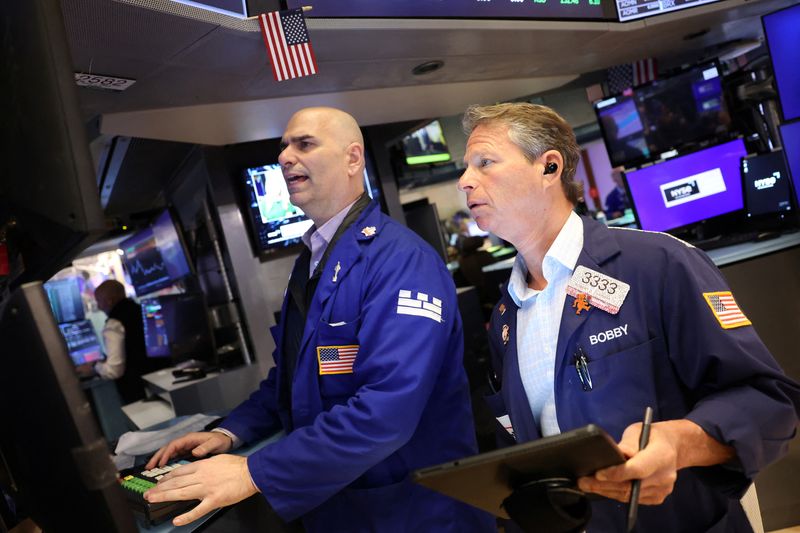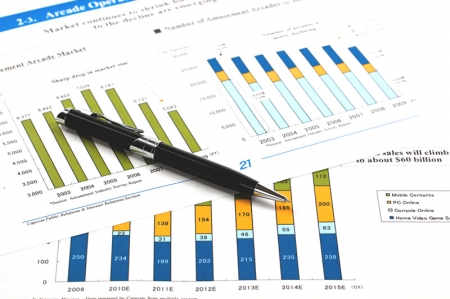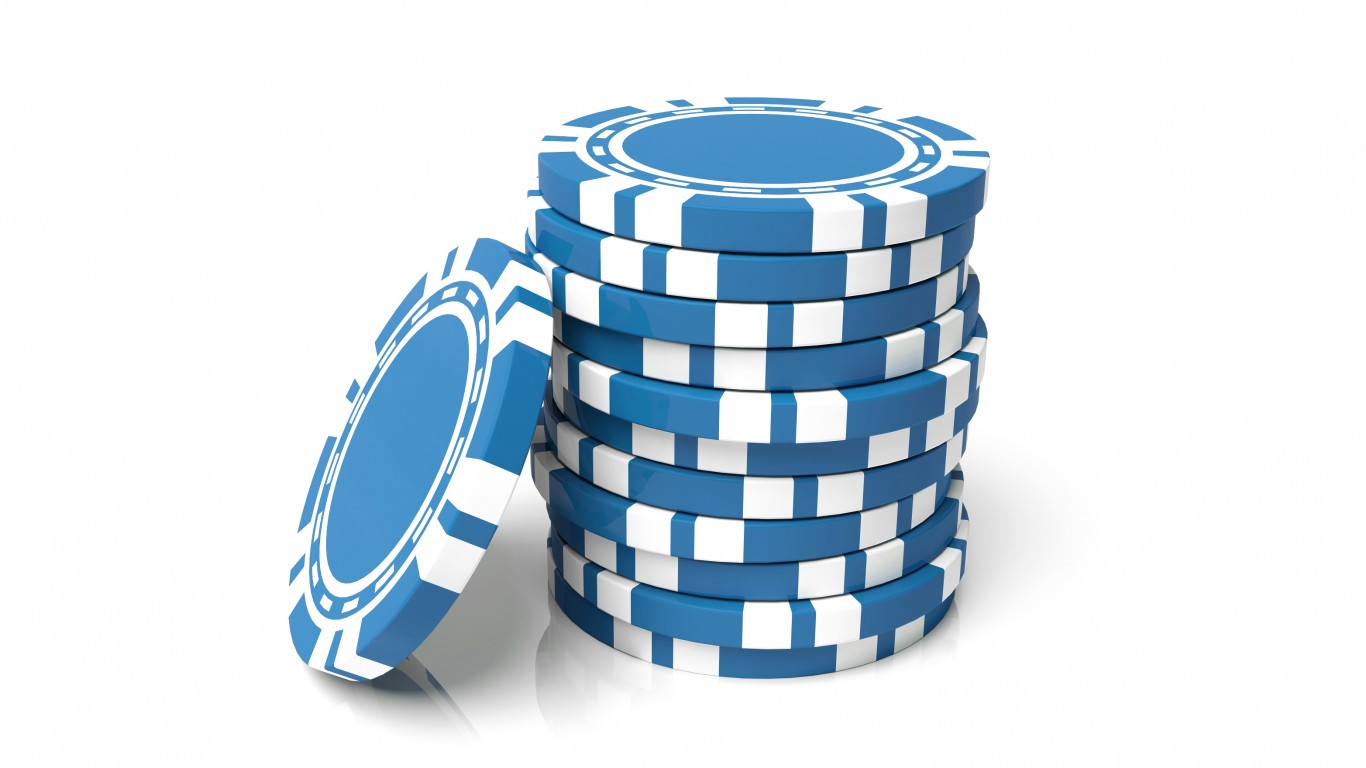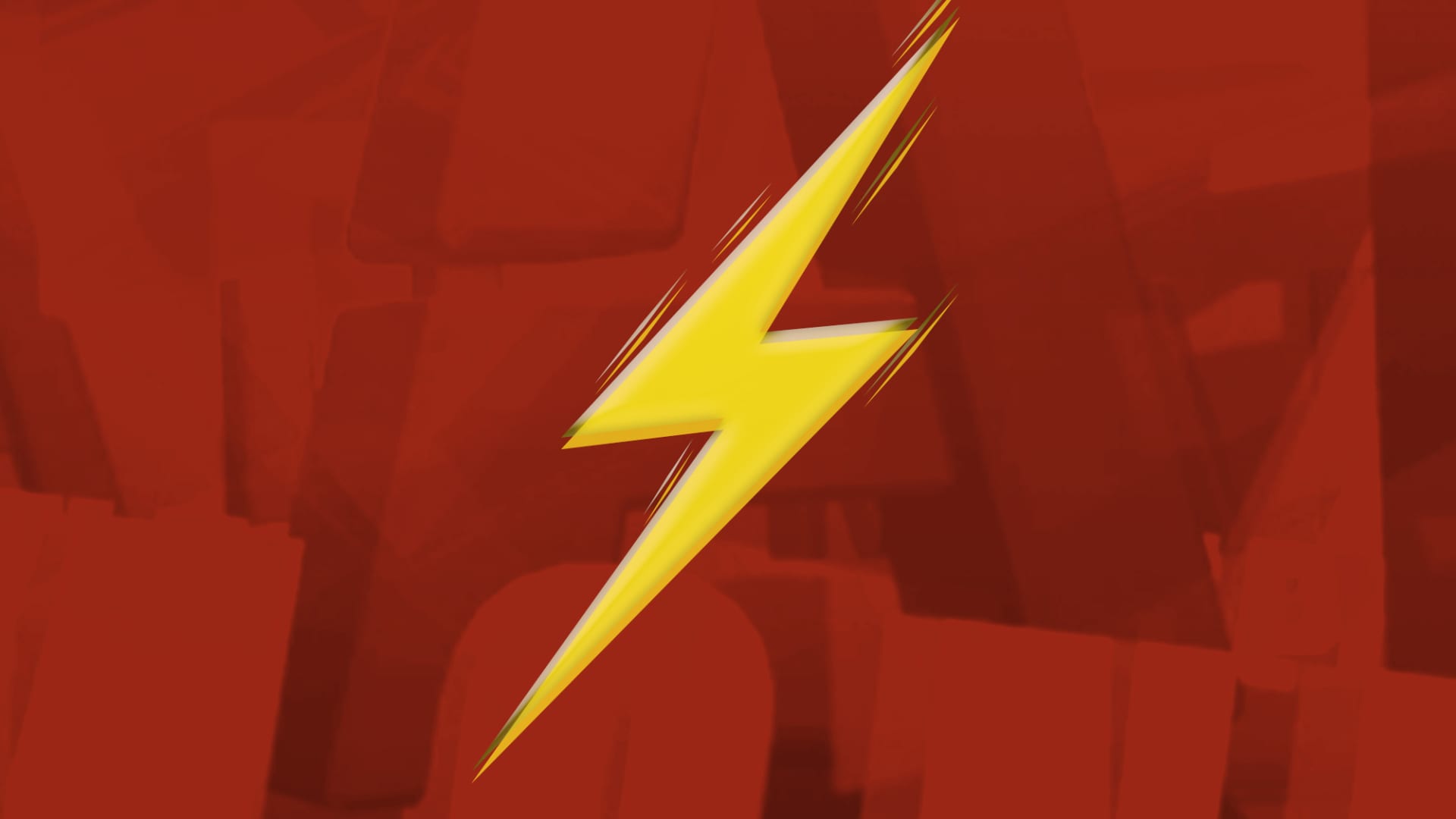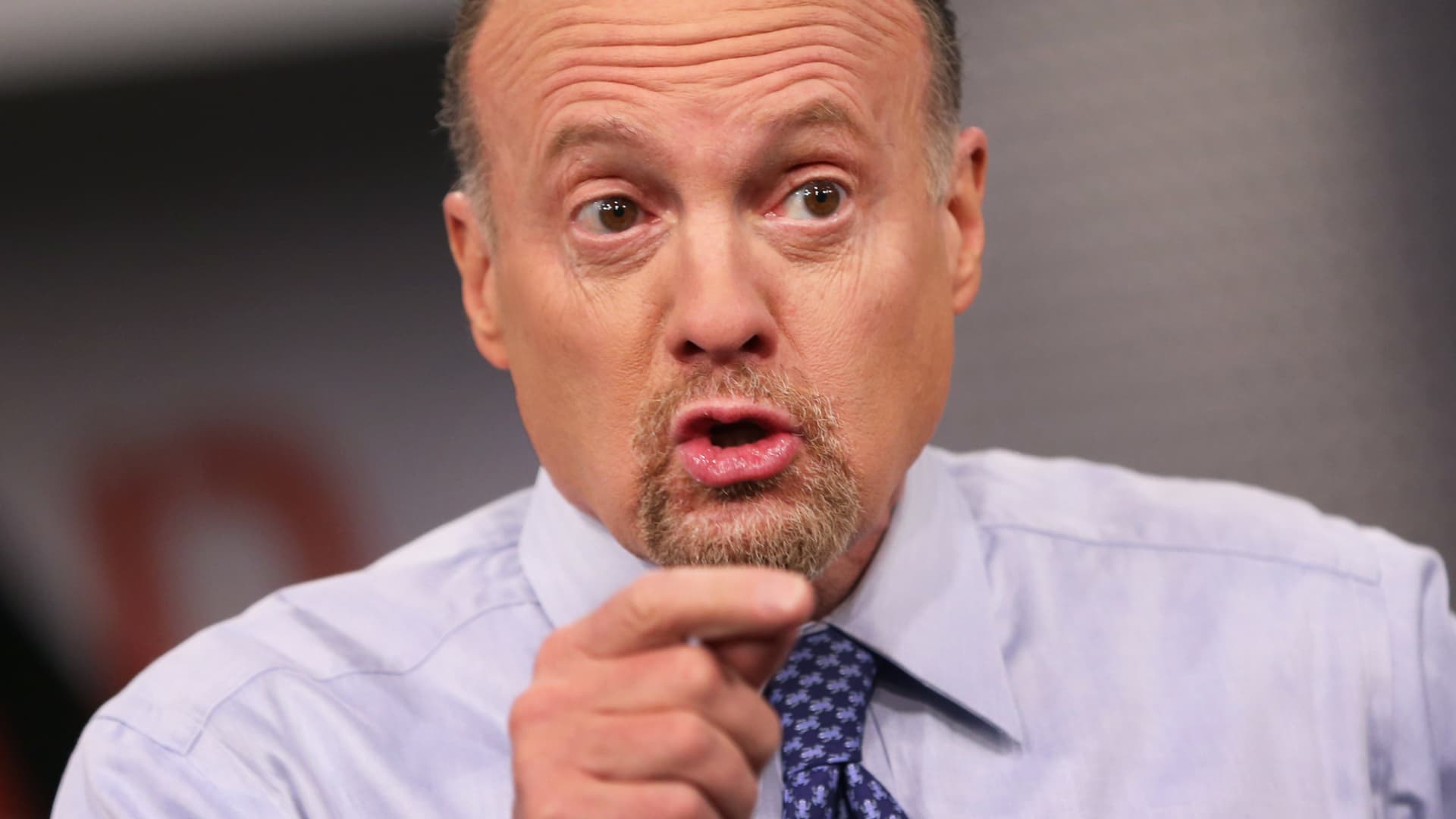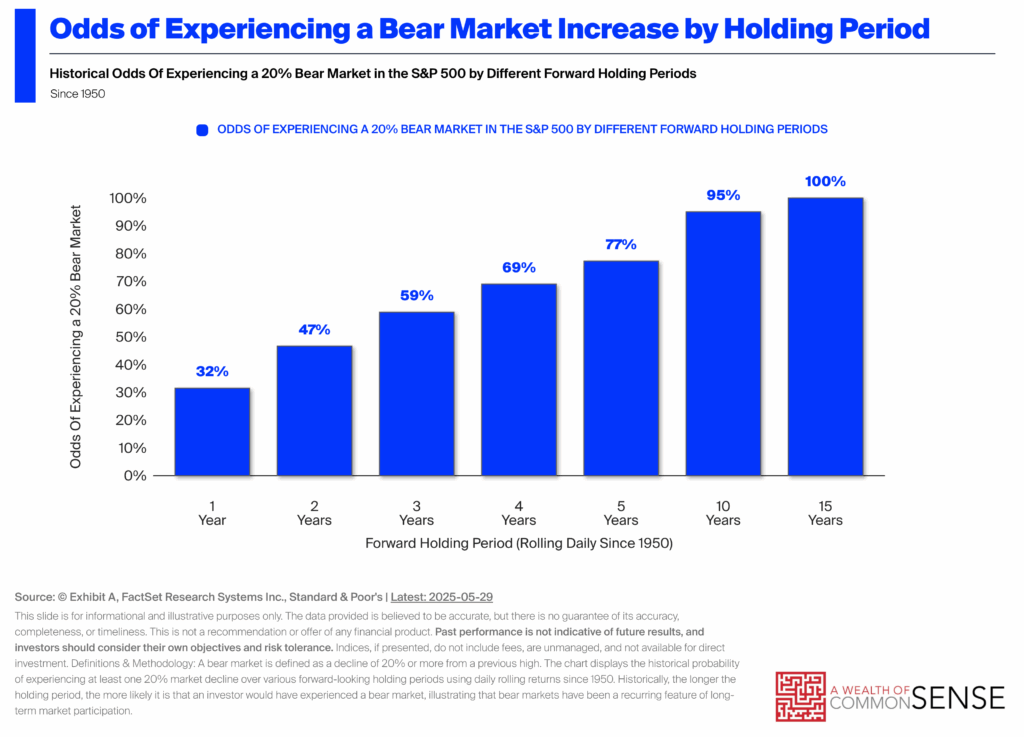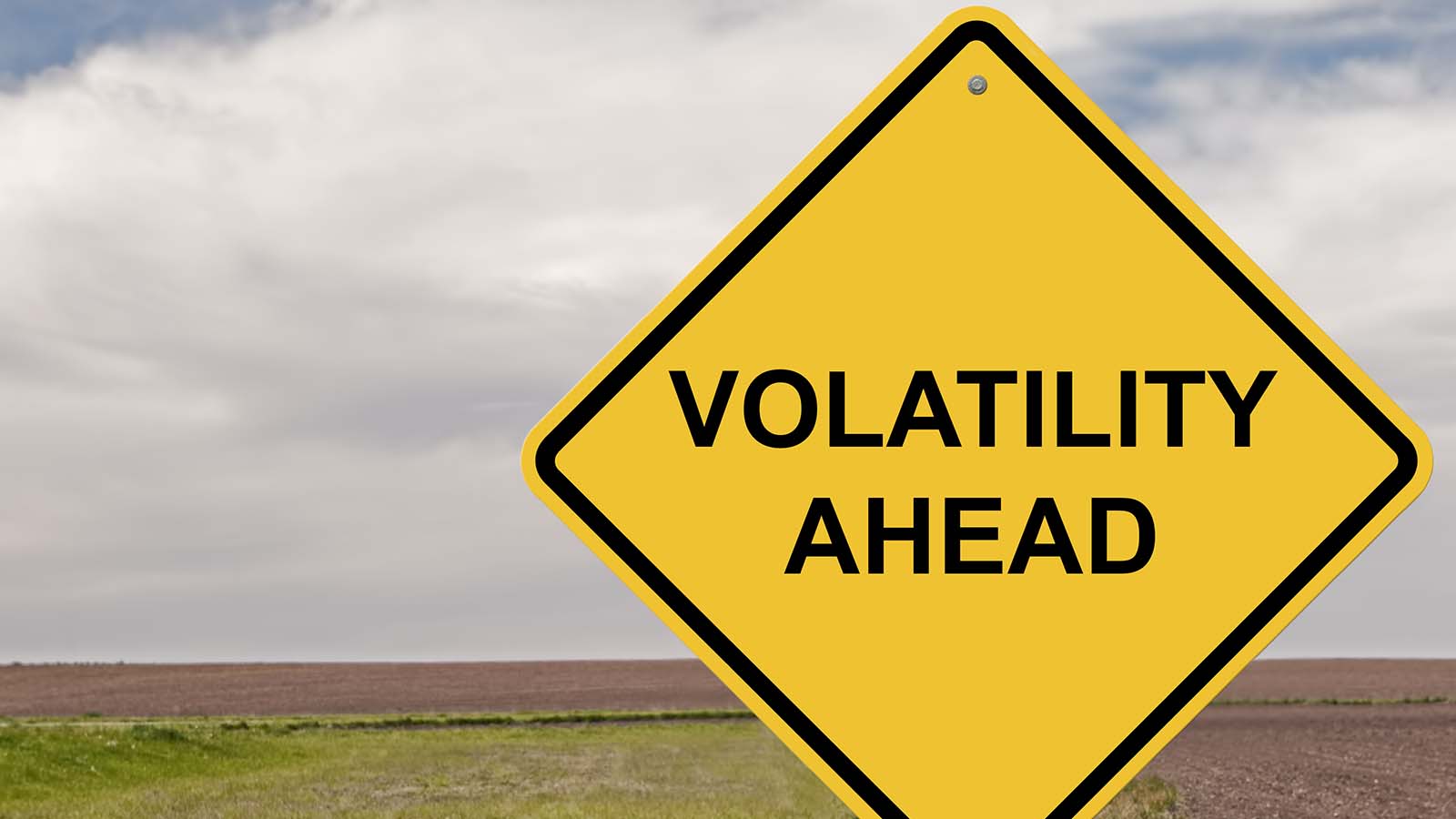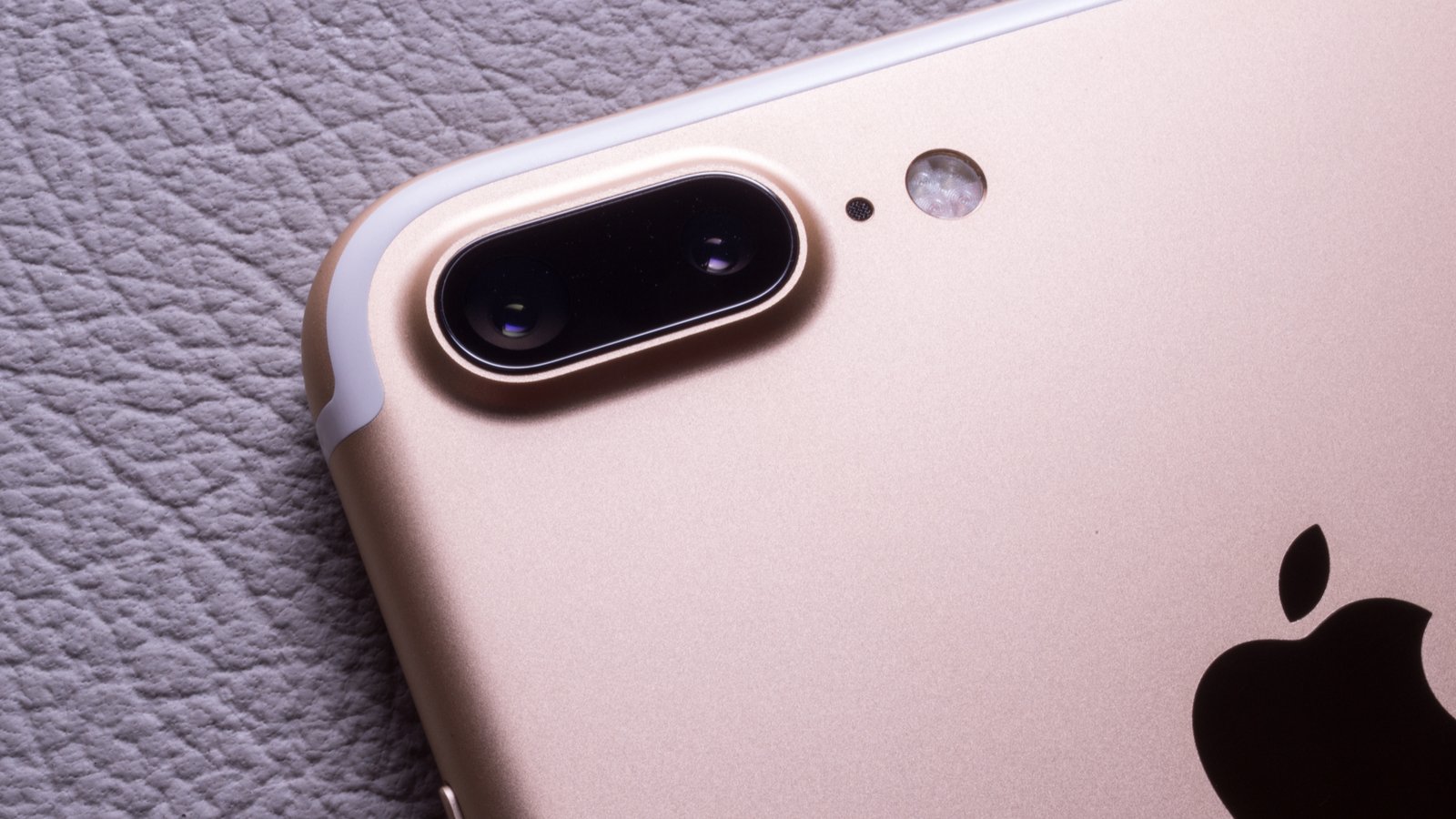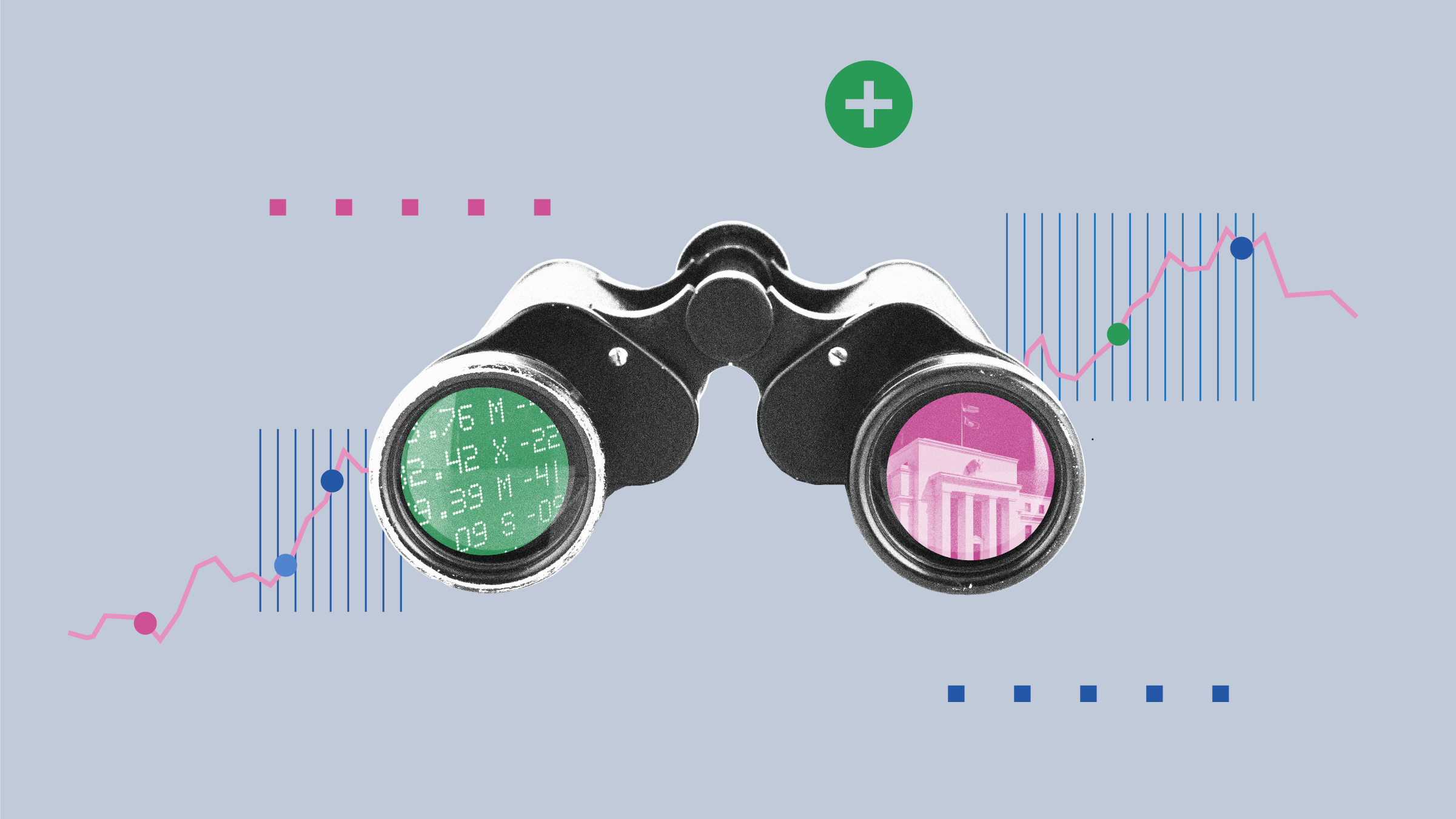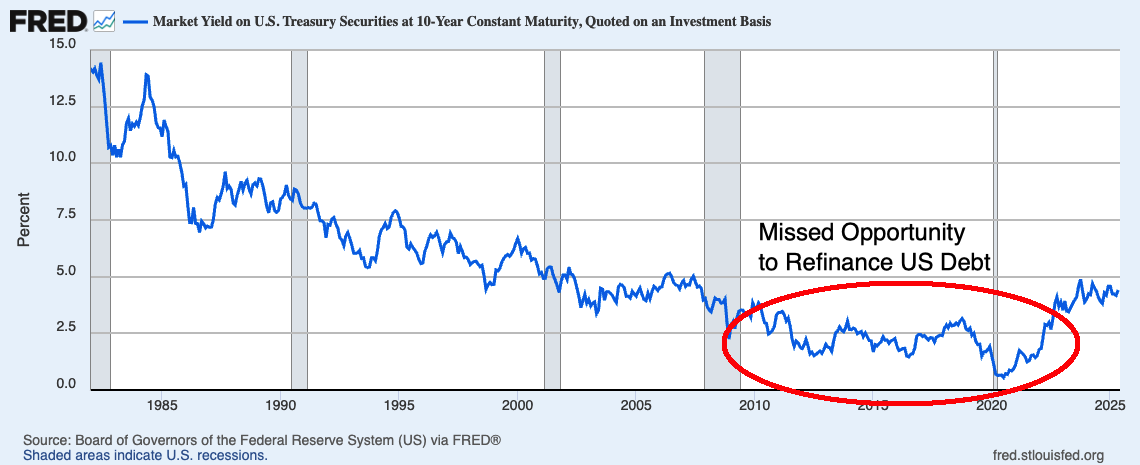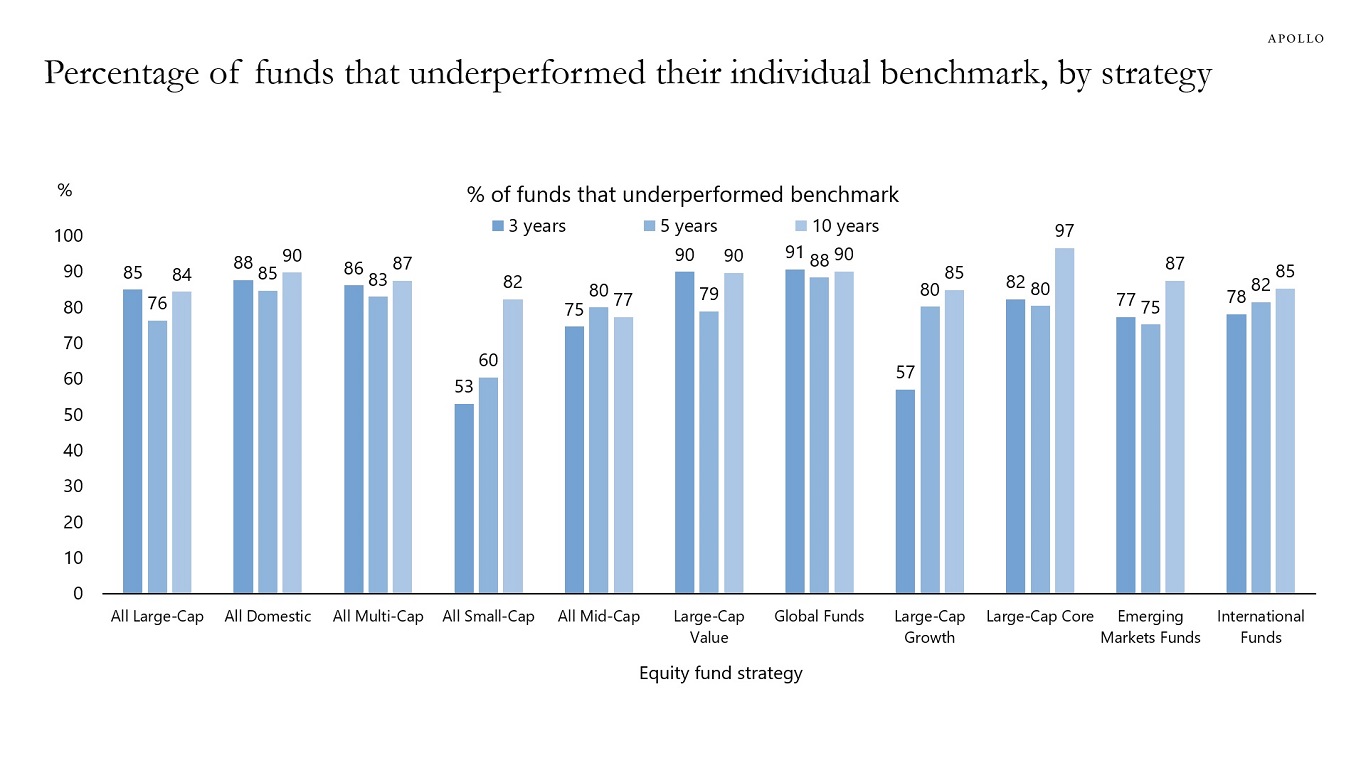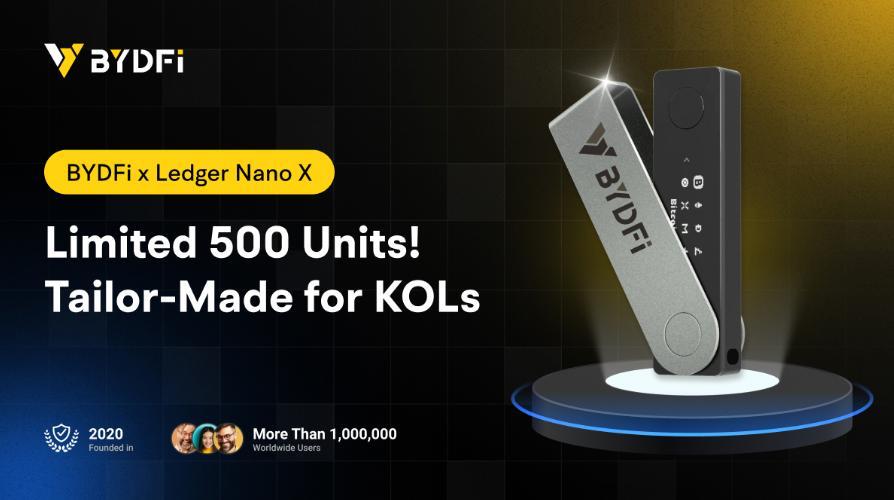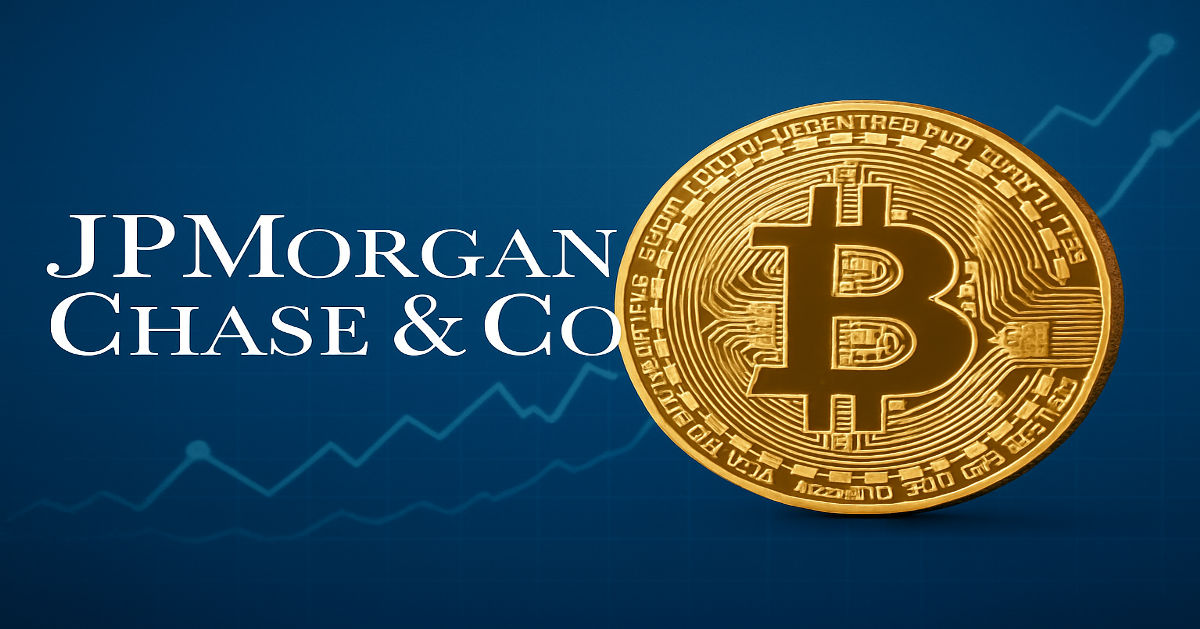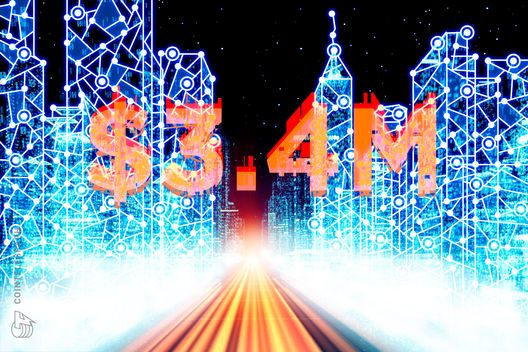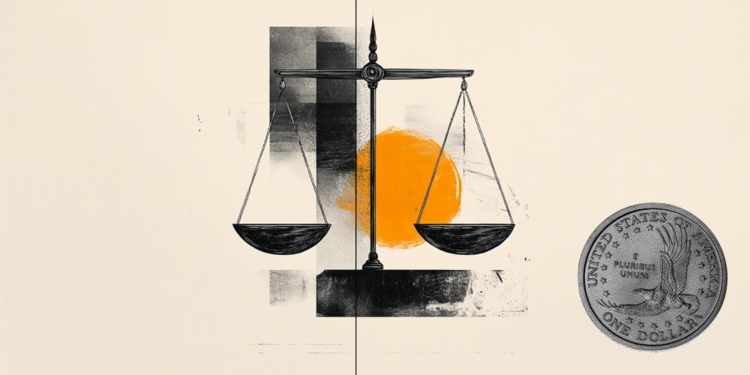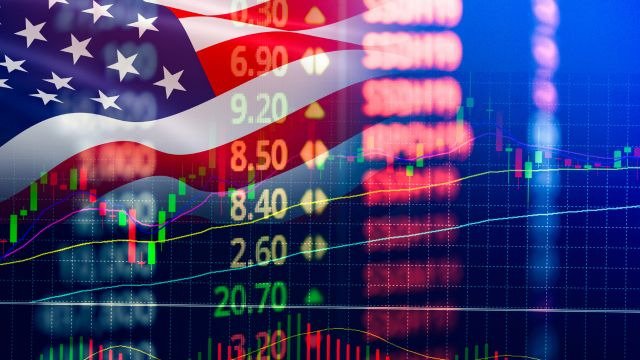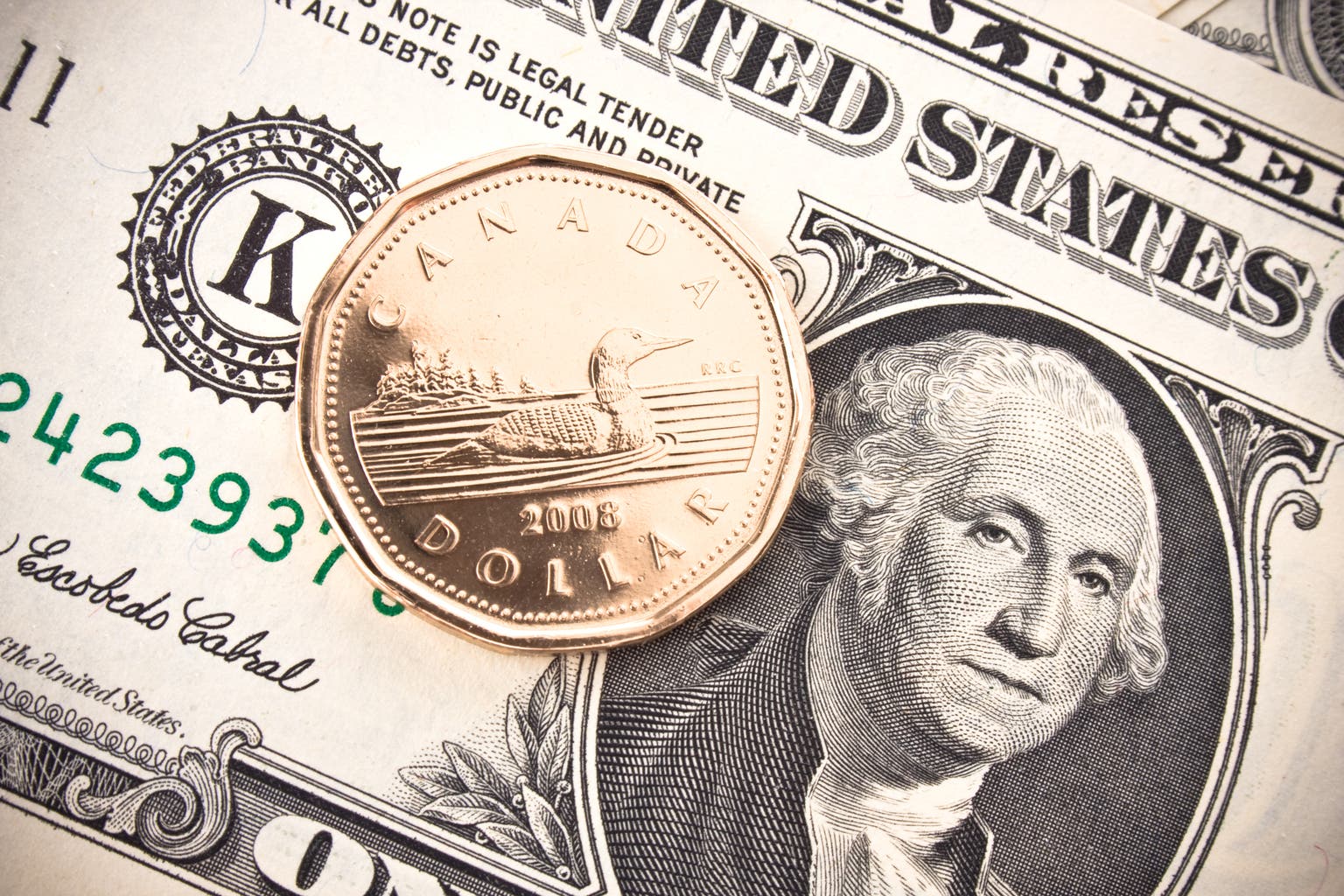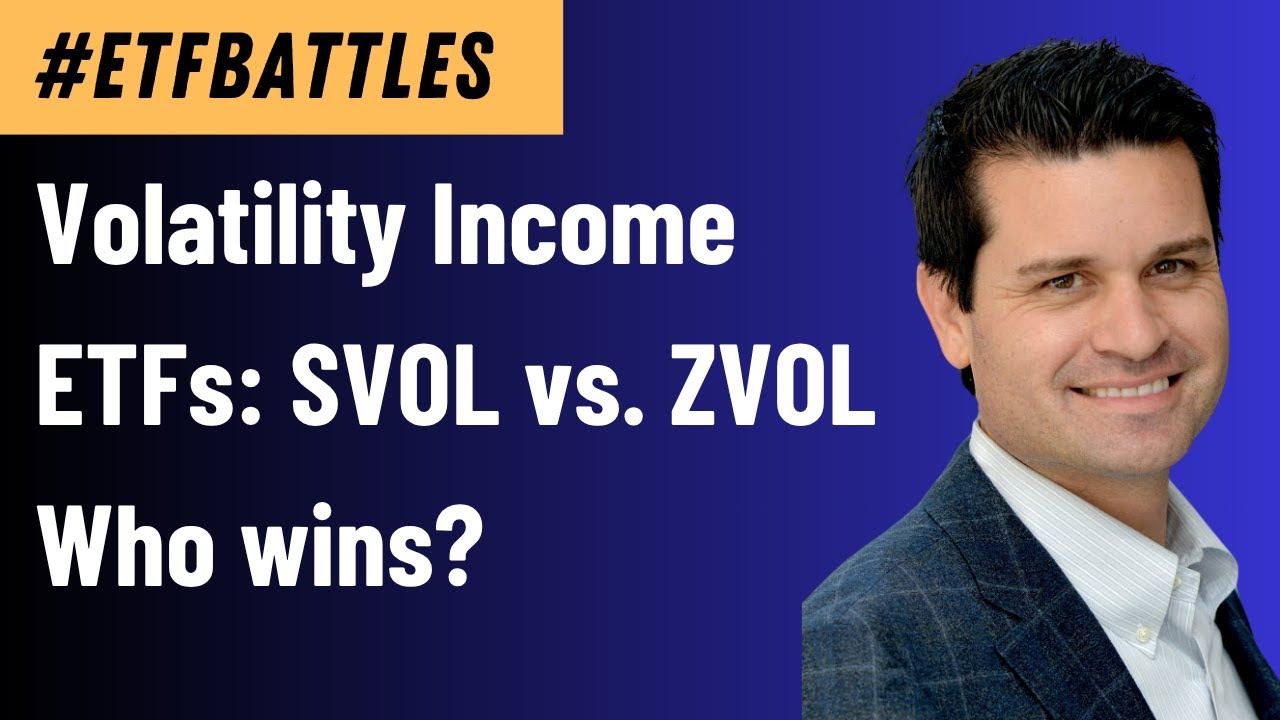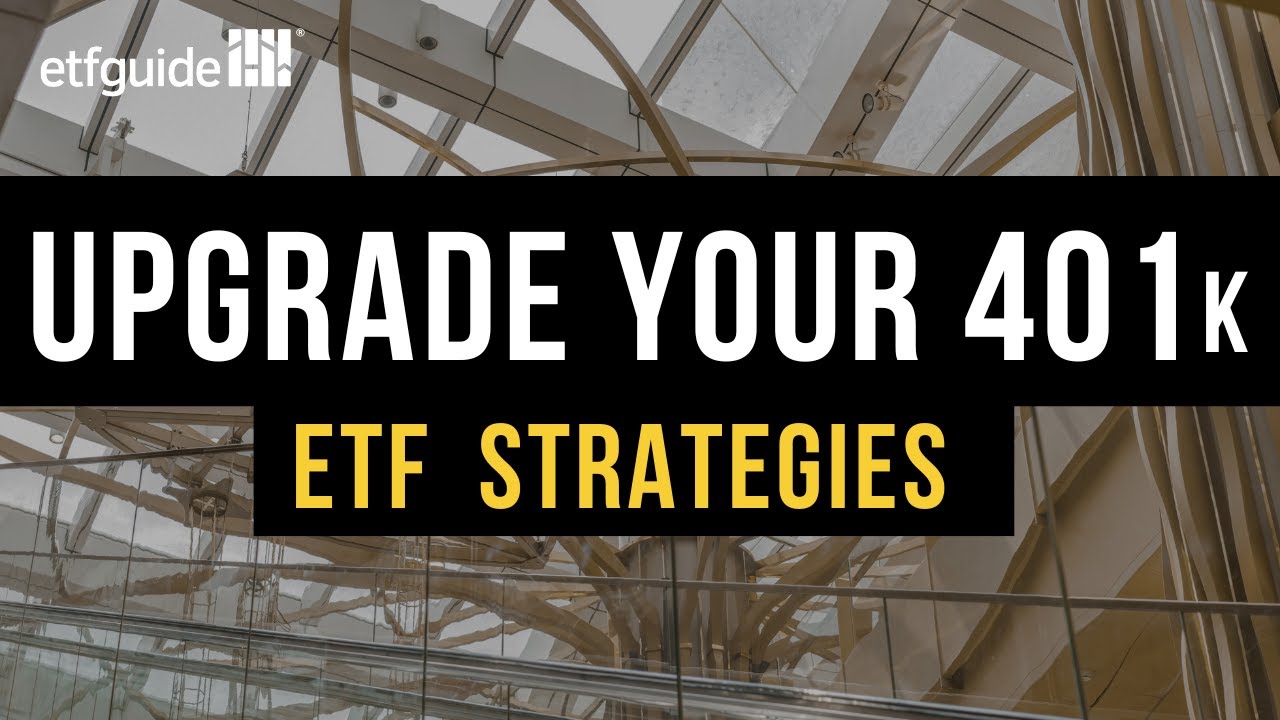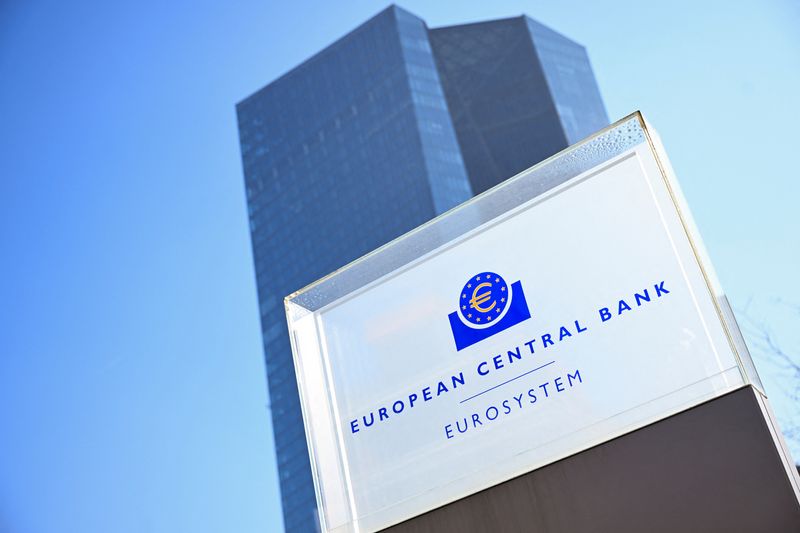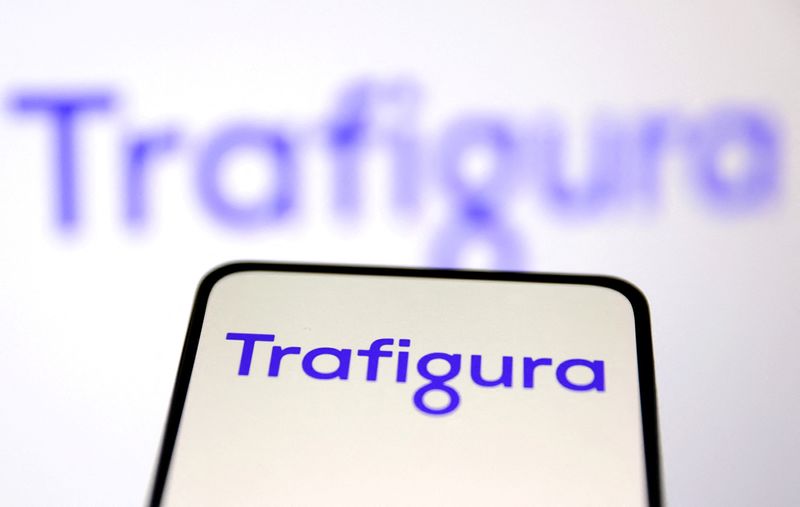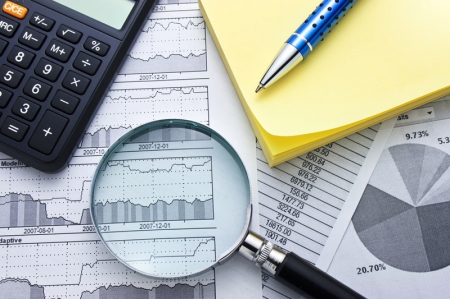I don’t need my RMDs yet. What are smart ways to use the money?
The IRS imposes required minimum withdrawals for traditional retirement accounts once you reach a certain age. While the goalposts have moved a bit, anyone who was born in 1960 or later doesn’t have to make RMDs until they turn 75. RMDs are based on the amount of funds in your retirement account and your age. […] The post I don’t need my RMDs yet. What are smart ways to use the money? appeared first on 24/7 Wall St..
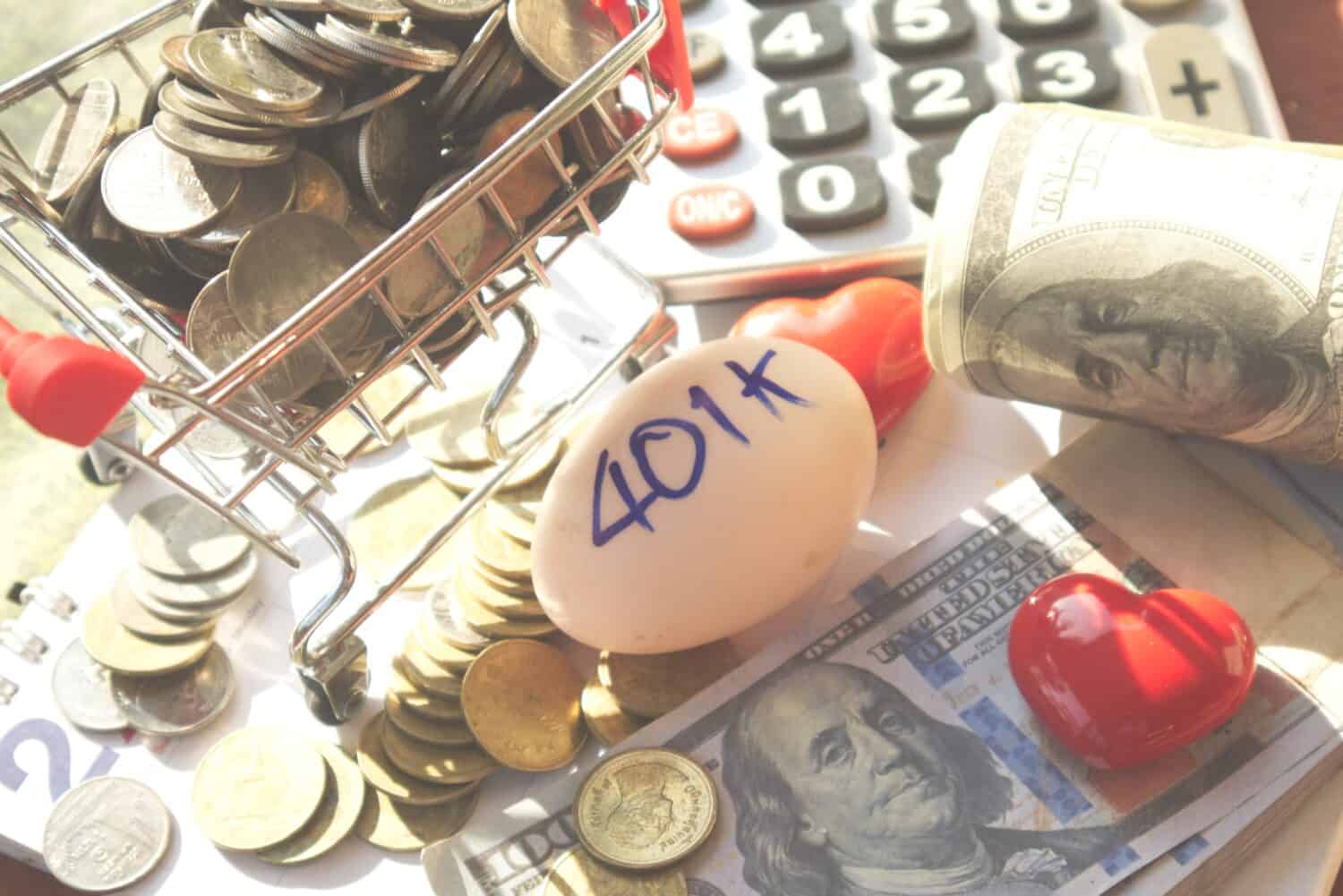
The IRS imposes required minimum withdrawals for traditional retirement accounts once you reach a certain age. While the goalposts have moved a bit, anyone who was born in 1960 or later doesn’t have to make RMDs until they turn 75.
RMDs are based on the amount of funds in your retirement account and your age. Your RMD will go up as you get older. However, if you don’t need your RMDs quite yet, there are a few strategies you can use to get more mileage out of your withdrawals.
Key Points
-
If you don’t need your RMDs yet, you have several options to use the money smartly.
-
A financial advisor can offer valuable suggestions and map out an RMD plan.
-
Are you ahead, or behind on retirement? SmartAsset’s free tool can match you with a financial advisor in minutes to help you answer that today. Each advisor has been carefully vetted, and must act in your best interests. Don’t waste another minute; get started by clicking here.(Sponsor)
Contribute The RMD To Your Traditional Retirement Account

Some people can contribute their RMD to their traditional retirement account. While you can’t directly contribute an RMD to your traditional IRA, you can contribute earned income to a retirement account at any time. If you receive a $7,000 RMD, you can put that $7,000 back into your traditional IRA if you have an earned income that is above $7,000 per year.
This short-term strategy minimizes your taxes, but your RMD will increase each year. As you get older, you will need alternative strategies to minimize how much taxes you pay on your funds.
Contribute To An Annuity
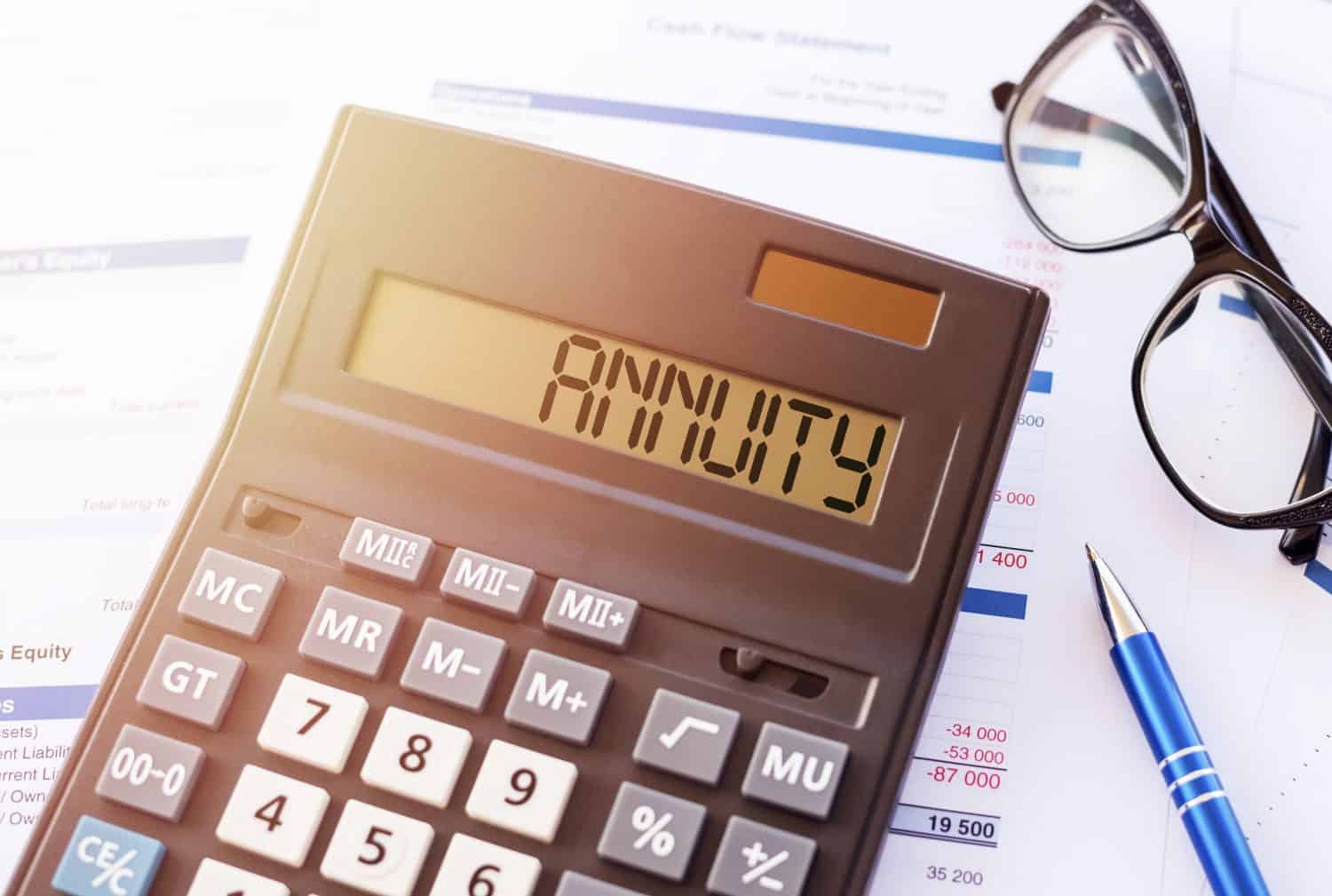
Although traditional retirement accounts have limits, you can deposit as much money as you can into an annuity. The money you put into an annuity is not taxed. You only pay taxes on annuities when you withdraw funds. It’s just like a traditional IRA, but it doesn’t have any limits.
However, annuities won’t outperform the stock market during bullish cycles. These financial products offer steady cash flow, and some annuities offer the same rate of return for the life of the policy.
Transfer Assets To Your Roth IRA
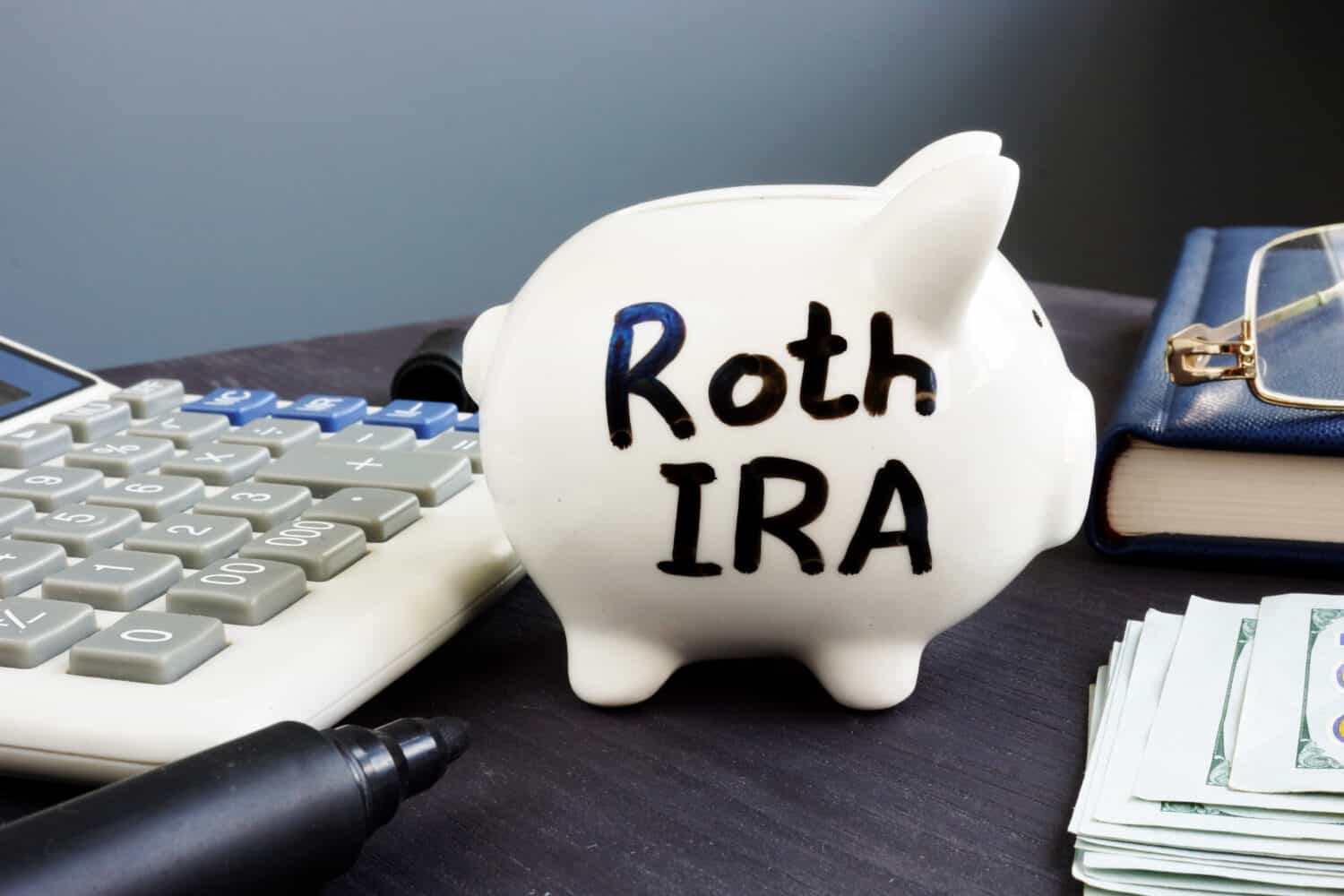
If you’re still a few years away from RMDs, you can start transferring money from your 401(k) to a Roth IRA. These transfers are taxable events since any amount you transfer will be treated as ordinary income.
Investors still follow this route since the IRS does not require any RMDs for Roth IRAs and Roth 401(k) plans. You can gradually transfer assets leading up to the day you’re eligible for RMDs to reduce how much you pay in taxes.
Then, you can lead the money compound in a Roth IRA. These financial accounts offer tax-free growth for the rest of your life. If you let your children inherit your Roth IRA, they can enjoy tax-free returns for up to 10 years before having to withdraw the Roth IRA funds.
Speak With A Financial Advisor

Navigating RMDs and planning up to them can be complex, but you don’t have to navigate this journey alone. A financial advisor can help you map out the optimal withdrawal strategy based on your finances and long-term goals.
The best strategy depends on several factors, such as your long-term goals, risk tolerances, income, and other details. If you work with a financial advisor, make sure you work with a fiduciary. A fiduciary is required to serve in your best interest.
The post I don’t need my RMDs yet. What are smart ways to use the money? appeared first on 24/7 Wall St..






